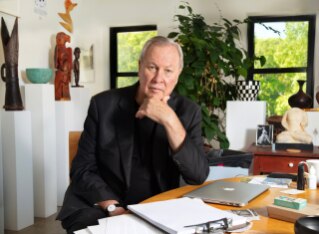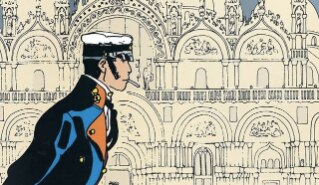This autumn, the Serpentine Gallery in London hosts The Call, an installation as subtle as it is timely. The creators, Berlin-based artist duo Holly Herndon and Mat Dryhurst, present their first solo exhibition, showcasing the results of their research into the collaboration between artificial intelligence and polyphonic music production. The work challenges the common notion of machines as a constraint on human expression, demonstrating the generative processes that transform a database into new artistic creations.
To test the potential of artificial intelligence in collective music production, Herndon and Dryhurst focused on the Sacred Harp, a collection of traditional English choral songs for which they developed new arrangements. Under their direction, these arrangements were performed by 15 choirs from across the UK, creating a rich dataset of songs and sounds used as a learning model. The result is an AI capable of interacting with a human singer and integrating into a polyphonic choir, thus becoming an active participant in music creation.

The experience of the visit offers a tangible trace of this process. In the first room, amidst decorations inspired by medieval symbolism and imagery—seamlessly including hardware components like fans and microphones—Herndon and Dryhurst’s compositions provide a diffuse soundscape documenting the recordings made with various choirs across the UK.
In the space next door, visitors are invited to sing into a microphone. Artificial intelligence responds to the proposed choir, contributing to the creation of a new collaborative musical track.
This interaction aligns with Herndon and Dryhurst’s vision of coordinating and interacting with polyphonic voices, including the call and response technique. In this practice, one group of a choir issues a ‘call,’ a musical phrase, to which another group responds with a coordinated musical reply. The AI proves capable of participating in this type of conversation, without resorting to mere mechanical replication or imitation.

Within the environment they have created Herndon and Dryhurst foster a vision of artificial intelligence as a creative tool for artists, rather than a mechanism for plagiarism. The crucial element becomes the use and governance of the source dataset, which, in this case, is co-owned by the participating choristers. The Call thus stands as evidence of how, when approached ethically and without relying on opaque datasets, artificial intelligence can not only serve as a legitimate creative instrument but also enrich the collective space. In this case, it renews both the modes of musical production and the participatory bond that choirs have universally represented throughout human history.




















